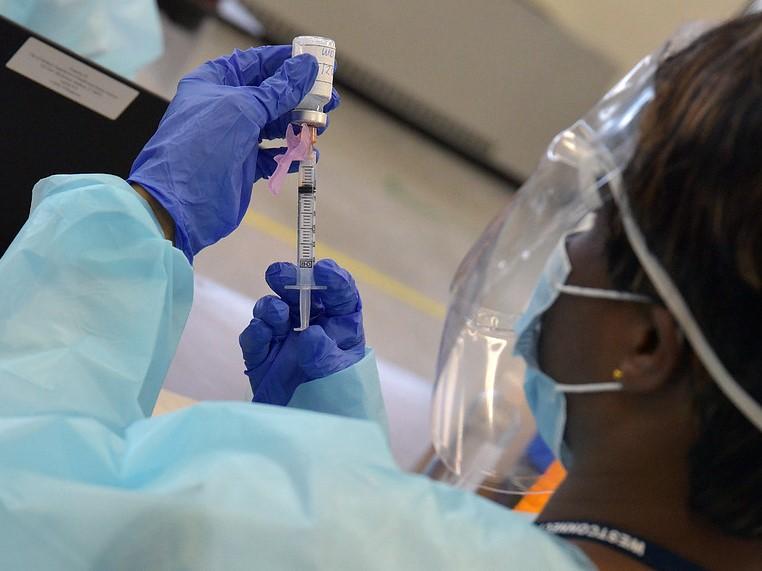An Ohio lottery that offered five $1 million prizes to winning adult COVID-19 vaccine recipients and spurred other states to adopt such incentives didn't pay off in increased vaccination rates, a study late last week in JAMA shows.
Boston University researchers used the Centers for Disease Control and Prevention COVID-19 Vaccine Tracker to measure daily first vaccine doses in adults 18 years and older in Ohio and the rest of the country before and after the May 12, 2021, Vax-a-Million lottery announcement. They didn't include data from 10 other states after they launched similar lotteries.
Ohio used part of its federal coronavirus relief money to fund the lottery. Five adult Ohioans who received at least one dose of a COVID-19 vaccine won $1 million each from May 24 to Jun 21, and five adolescents ages 12 to 17 won a full-ride scholarship to a 4-year state college or university. The latter group wasn't included in the study.
A losing gamble
From Apr 15 to Jun 9, daily COVID-19 vaccination rates fell from 485 to 101 per 100,000 adult Ohio residents, compared with 700 to 97 per 100,000 residents of states without vaccine lotteries. Both Ohio and the United States saw substantial reductions in daily vaccination rates before the Ohio lottery announcement (-8 per 100,000 in Ohio vs -14 in the rest of the country).
After the May 12 announcement, COVID-19 vaccination rates didn't significantly climb in Ohio (30 per 100,000 residents) or among other US residents (27 per 100,000). But decreases in daily vaccination rates slowed in both Ohio and the rest of the country (change, 6 per 100,000 in Ohio and 11 per 100,000 elsewhere).
When the researchers compared vaccination rates between Ohio and the rest of the United States, the step changes after the lottery announcement were comparable. Before May 12, coronavirus vaccination rates fell faster across the United States than in Ohio (-6 per 100,000 residents), but the decline in rates slowed more across the country than in Ohio (change, 5 per 100,000).
"The study did not find evidence that a lottery-based incentive in Ohio was associated with increased rates of adult COVID-19 vaccinations," the study authors wrote. "In contrast, the analyses suggest that the rate of decline in vaccinations slowed to a greater extent in the US than in Ohio after the May 12 lottery announcement."
Other incentives may draw more takers
Vaccine uptake in Ohio initially seemed to rise after the announcement, inspiring other states to follow suit, but the researchers noted that the increase coincided with the May 10 Food and Drug Administration expansion of the Pfizer/BioNTech vaccine's emergency use authorization to children 12 to 15 years.
"The slower decline in vaccination rates among adults in the US may suggest that expansion of vaccine eligibility to adolescents also was associated with an increase in adult vaccinations," the researchers said. "Further evidence supporting the effectiveness of lotteries as strategies for increasing vaccine uptake are needed prior to widespread and potentially costly adoption."
But corresponding author Allan Walkey, MD, said in a Boston University press release that identifying other potential interventions to drive up vaccine uptake is crucial to quelling the pandemic.
"It is important to rigorously evaluate strategies designed to increase vaccine uptake, rapidly deploy successful strategies, and phase out those that do not work," he said.





















